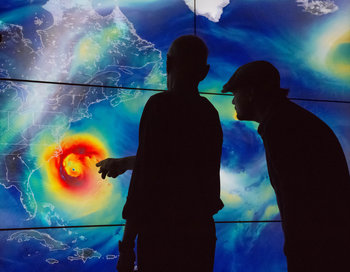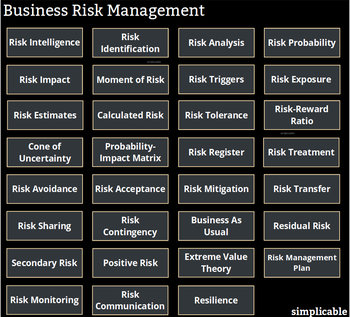|
| |
Inflation is a sustained price increase for goods and services. It's primary caused by an increase in money supply by a government. It can also result from periods of economic growth that cause increased demand for skilled employees and resources leading to wage and cost increases for firms that eventually show up in prices.A certain amount of inflation is typically viewed as positive for an economy. Consumers have more incentive to spend money if they feel that prices are always going up. When prices are consistently dropping, a condition known as deflation, people tend to hold on to their money.Inflation also causes people to invest money productively to prevent the value of savings from declining. In a deflationary environment, people are likely to stick money under their mattress because it is going up in value.It is common for central banks to target an inflation rate of one or two percent to keep an economy growing.
Inflation vs HyperinflationHyperinflation is an extreme form of inflation whereby a government increases its money supply significantly causing prices to increase rapidly. Once it begins, hyperinflation tends to accelerate until the currency loses all value. The result is a complete break down of normal economic conditions. For example, all savings are lost and people stop accepting the local currency.A double digit annual inflation rate is typically considered high inflation but not hyperinflation. Hyperinflation is commonly defined as inflation that exceeds 50% per month.|
| Inflation | Hyperinflation | Definition | Sustained price increases. | Price increases of more than 50% per month. | Typical Causes | Increased money supply and economic growth. | Dramatic increases in money supply normally in relation to war, social upheaval or extraordinary financial mismanagement. |
Economics
This is the complete list of articles we have written about economics.
If you enjoyed this page, please consider bookmarking Simplicable.
The difference between inflation and stagflation.
The subtle difference between quality and value.
A simple metric of income distribution with data.
A list of common business risks.
The five things that can be done about risk.
A list of techniques for reducing risk.
The potential that you'll achieve too much of a good thing.
Any risk that people have a strong aversion too.
The surprising similarities between risk and opportunity.
The difference between risk management and contingency planning.
The common types of uncertainty in decision making and strategy.
The common types of inventory risk.
An overview of common business risk management techniques.
TrendingThe most popular articles on Simplicable in the past day.
Recent posts or updates on Simplicable.
Site Map
© 2010-2023 Simplicable. All Rights Reserved. Reproduction of materials found on this site, in any form, without explicit permission is prohibited.
View credits & copyrights or citation information for this page.
|
























